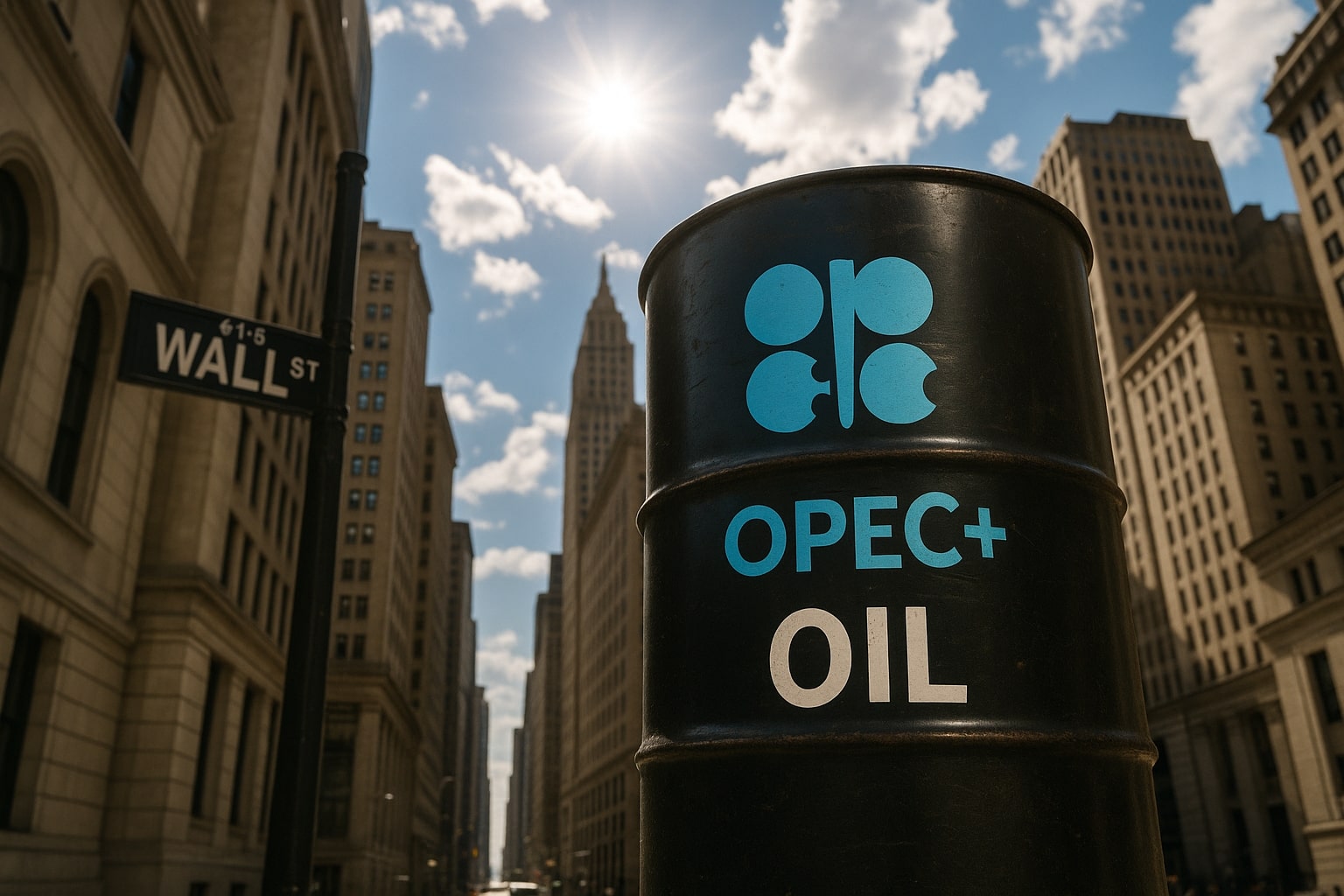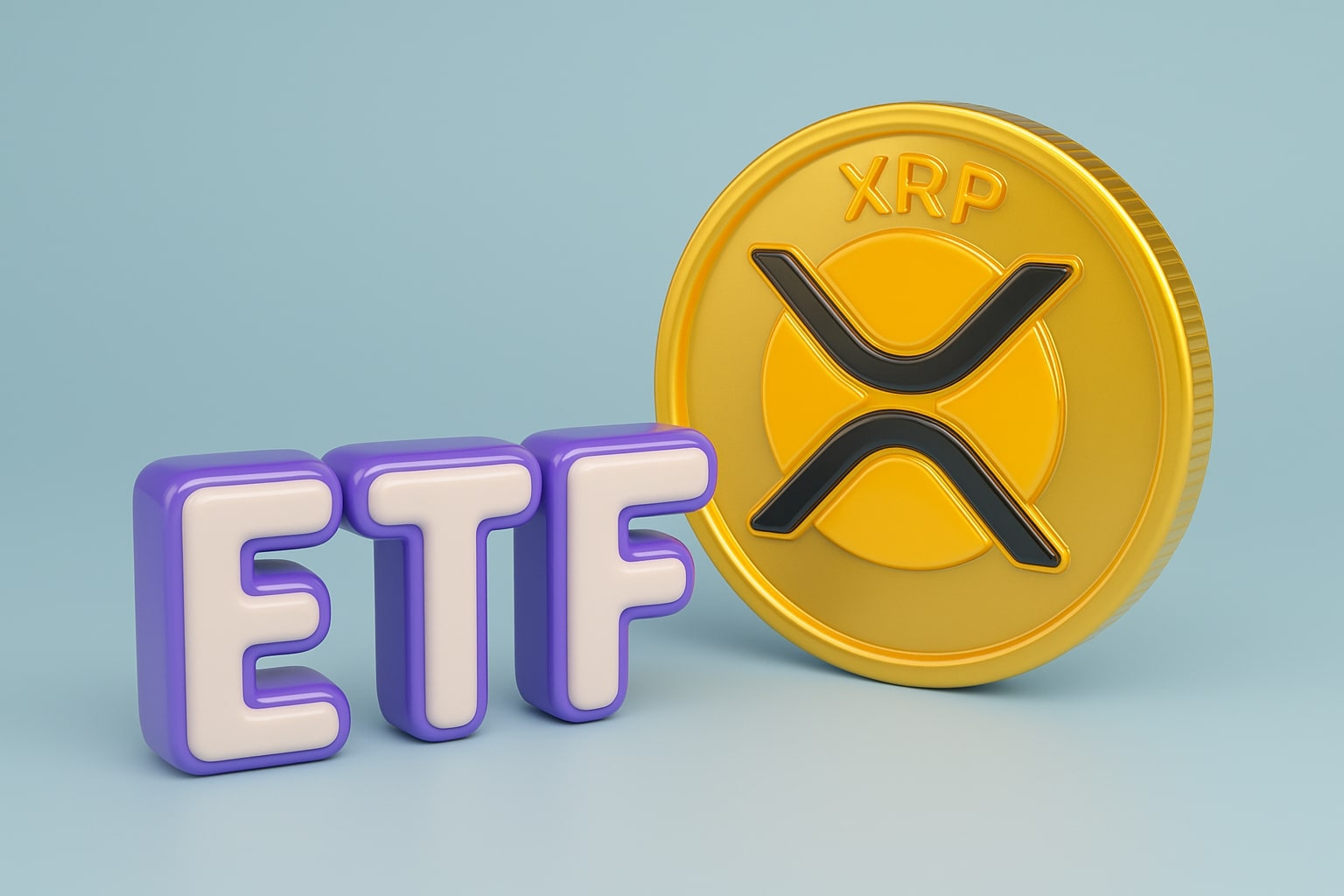High Rates Threaten to Amplify Next Oil Glut
Analysts warn that persistently high global interest rates could convert a modest surplus into a financial shock. Elevated borrowing costs have increased storage financing expenses by nearly 18% year-on-year, discouraging inventory builds and leaving refiners exposed to price swings. If Q4 demand fails to absorb new OPEC+ barrels, the resulting glut could mirror the 2018 downturn, when prices fell nearly 30% in two months as supply outpaced consumption. While current WTI futures remain backwardated, the spread between the front and second month has narrowed to $0.19, indicating waning confidence in near-term tightness.
North American Market and Currency Impacts
The oil downturn has rippled into currency markets, particularly for exporters like Canada. The Canadian dollar hit a 4.5-month low, closely mirroring the slide in crude benchmarks. As a commodity-linked economy, Canada’s loonie weakened alongside falling energy revenue expectations. Meanwhile, the U.S. shale sector faces renewed cost pressure, with breakeven estimates expected to reach $95 per barrel by 2035, up from $70 today, due to equipment inflation and ESG-related compliance costs. Despite these headwinds, U.S. production remains above 13 million bpd, sustaining global supply but squeezing margins.
Regional Differentials Show Mixed Fundamentals
Across regions, price spreads are shifting rapidly. Bonny Light crude from Nigeria dropped 2.84% to $78.62, while Murban crude climbed 1.77% to $66.85 on strong Asian demand. Gasoline futures slipped slightly to $1.90 per gallon, showing market skepticism about sustained consumption growth. The divergence between benchmark gains and product weakness illustrates a system stretched between speculative paper strength and a physical market burdened by excess supply. Freight constraints, refinery outages, and sanctions have amplified local dislocations, making traditional arbitrages unreliable.
Market Outlook: WTI (CL=F) and Brent (BZ=F) Poised for Cautious Recovery
Short-term volatility is expected to persist as the market recalibrates to seasonal refinery turnarounds and geopolitical risk. WTI support remains firm at $60.50, with resistance near $65.80, while Brent faces key technical levels at $64.20 and $67.30. Should the Fed’s upcoming rate cut materialize in December, easing liquidity pressures could revive industrial demand and lend near-term support. However, absent a supply disruption or demand rebound, prices risk stabilizing within a $60–$67 corridor through year-end.
Verdict – Oil Market Outlook: HOLD as Refining Margins Tighten, But Supply Builds Persist
Current fundamentals justify a HOLD stance for both WTI (CL=F) and Brent (BZ=F). The interplay between OPEC+ discipline, resilient refining margins, and persistent oversupply creates a balanced but fragile market. With refining constraints offsetting weaker physical premiums, prices are likely to consolidate rather than collapse. Unless global demand reaccelerates or new disruptions emerge, crude’s next major move will depend on Q4 consumption trends and the trajectory of U.S. economic growth. For now, oil remains trapped between policy-driven optimism and physical reality—a tightrope that leaves little margin for error.




















